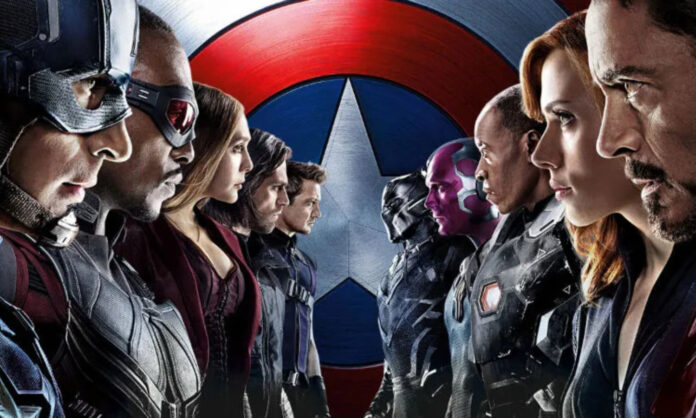In an article for Writer’s Digest, S. E. Redfearn shares five essential factors to consider when writing a morally complex good-vs-good story. “The stories that have always enthralled me have been the ones where I am torn as to which side I’m rooting for because the answer isn’t clear,” she writes, identifying five essential factors to consider when writing a morally complex story of good vs. good.
- Both Characters Need to Be Unambiguously Good and Sympathetic. Characters shouldn’t be perfect but both sides should have clearly explained viewpoints that make it harder for the reader to pick sides.
- There Needs to Be a Real Dilemma in Which the Reader Is Torn Between the Two Sides. “For a good-vs-good story to succeed, the two sides need to be pitted against each other in a face-off in which both perspectives are valid, true, and justifiable,” Redfearn writes. “That way, no matter how the story unfolds, there are dreaded consequences to what happens.”
- Be Objective. While you may prefer one side, avoid broadcasting this through your writing. Give each character equal time and try not to prejudice the reader. Let the reader decide whom to root for.
- The Characters Should Evolve to Understand the Other’s Views. Add internal conflict by having the characters acknowledge and appreciate each other’s perspective. “It should not be easy for the protagonists to stay on course, and it should get more difficult as the story develops,” Redfearn says. “Force them to make impossible choices that have morally ambiguous outcomes and then to suffer the consequences of those decisions.”
- Don’t Resolve the Dilemma. “Leave the reader to draw their own conclusions,” Redfearn writes. “The thrill of a dueling tale of morality is that it makes the reader think and hopefully leads to lingering contemplation and meaningful discourse when it is done. If you’ve done your job well, there will be no clear answer only heightened perception of the question.”












